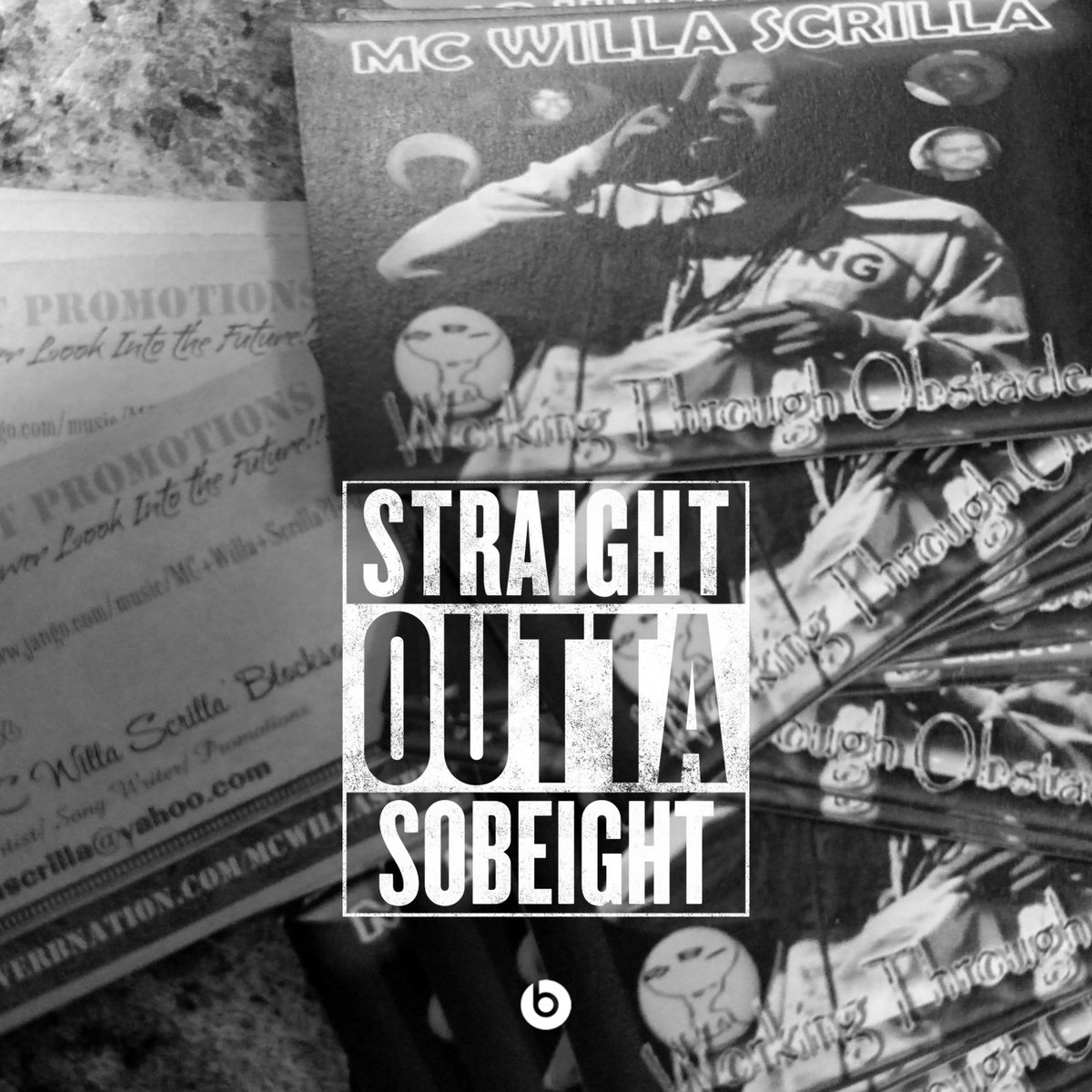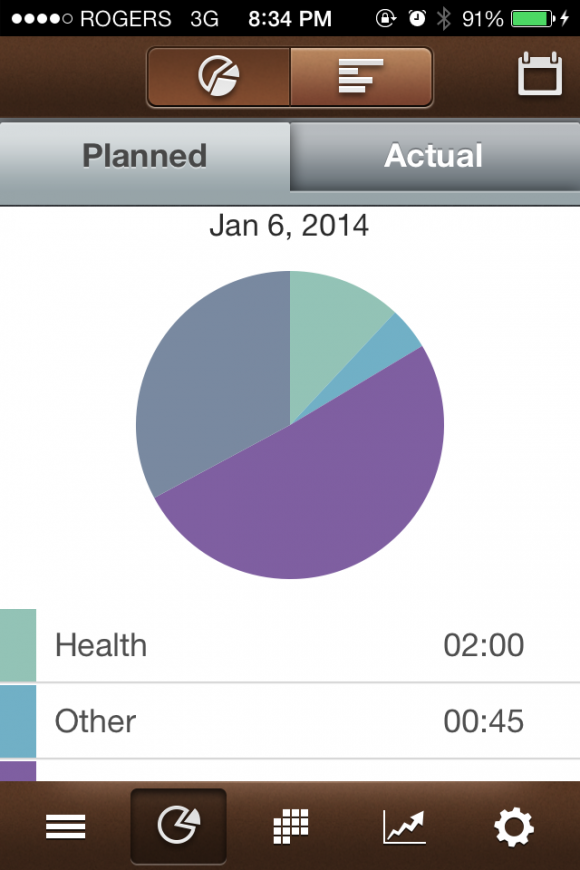

- #PLANNER PLUS APP REVIEW HOW TO#
- #PLANNER PLUS APP REVIEW SOFTWARE#
- #PLANNER PLUS APP REVIEW PROFESSIONAL#
We embrace modeling, but not in order to file some diagram in a dusty corporate repository. The Agile movement is not anti-methodology, in fact many of us want to restore credibility to the word methodology. Introducing the manifesto on behalf of the Agile Alliance, Jim Highsmith said,
#PLANNER PLUS APP REVIEW SOFTWARE#
Some of the authors formed the Agile Alliance, a non-profit organization that promotes software development according to the manifesto's values and principles.
#PLANNER PLUS APP REVIEW HOW TO#
#PLANNER PLUS APP REVIEW PROFESSIONAL#
In 2009, a group working with Martin wrote an extension of software development principles, the Software Craftsmanship Manifesto, to guide agile software development according to professional conduct and mastery.

In 2005, a group headed by Cockburn and Highsmith wrote an addendum of project management principles, the PM Declaration of Interdependence, to guide software project management according to agile software development methods. Together they published the Manifesto for Agile Software Development. Martin ( SOLID), Mike Beedle (Scrum), Arie van Bennekum, Martin Fowler (OOAD and UML), James Grenning, Andrew Hunt (PragProg, Ruby), Ron Jeffries (Extreme Programming), Jon Kern, Brian Marick (Ruby, TDD), and Steve Mellor (OOA). They were: Kent Beck (Extreme Programming), Ward Cunningham (Extreme Programming), Dave Thomas ( PragProg, Ruby), Jeff Sutherland (Scrum), Ken Schwaber (Scrum), Jim Highsmith (Adaptive Software Development), Alistair Cockburn (Crystal), Robert C. In 2001, seventeen software developers met at a resort in Snowbird, Utah to discuss lightweight development methods. At the same time, similar changes were underway in manufacturing and management thinking. Although these all originated before the publication of the Agile Manifesto, they are now collectively referred to as agile software development methods. Lightweight methods included: rapid application development (RAD), from 1991 the unified process (UP) and dynamic systems development method (DSDM), both from 1994 Scrum, from 1995 Crystal Clear and extreme programming (XP), both from 1996 and feature-driven development (FDD), from 1997. ĭuring the 1990s, a number of lightweight software development methods evolved in reaction to the prevailing heavyweight methods (often referred to collectively as waterfall) that critics described as overly regulated, planned, and micromanaged. Iterative and incremental software development methods can be traced back as early as 1957, with evolutionary project management and adaptive software development emerging in the early 1970s. 8.1 Applications outside software development.7.2.14 Fixed time, resources, scope, and quality.

7.2.13 Attempting to take on too much in an iteration.7.2.12 Allowing technical debt to build up.7.2.8 Problem-solving in the daily standup.



 0 kommentar(er)
0 kommentar(er)
